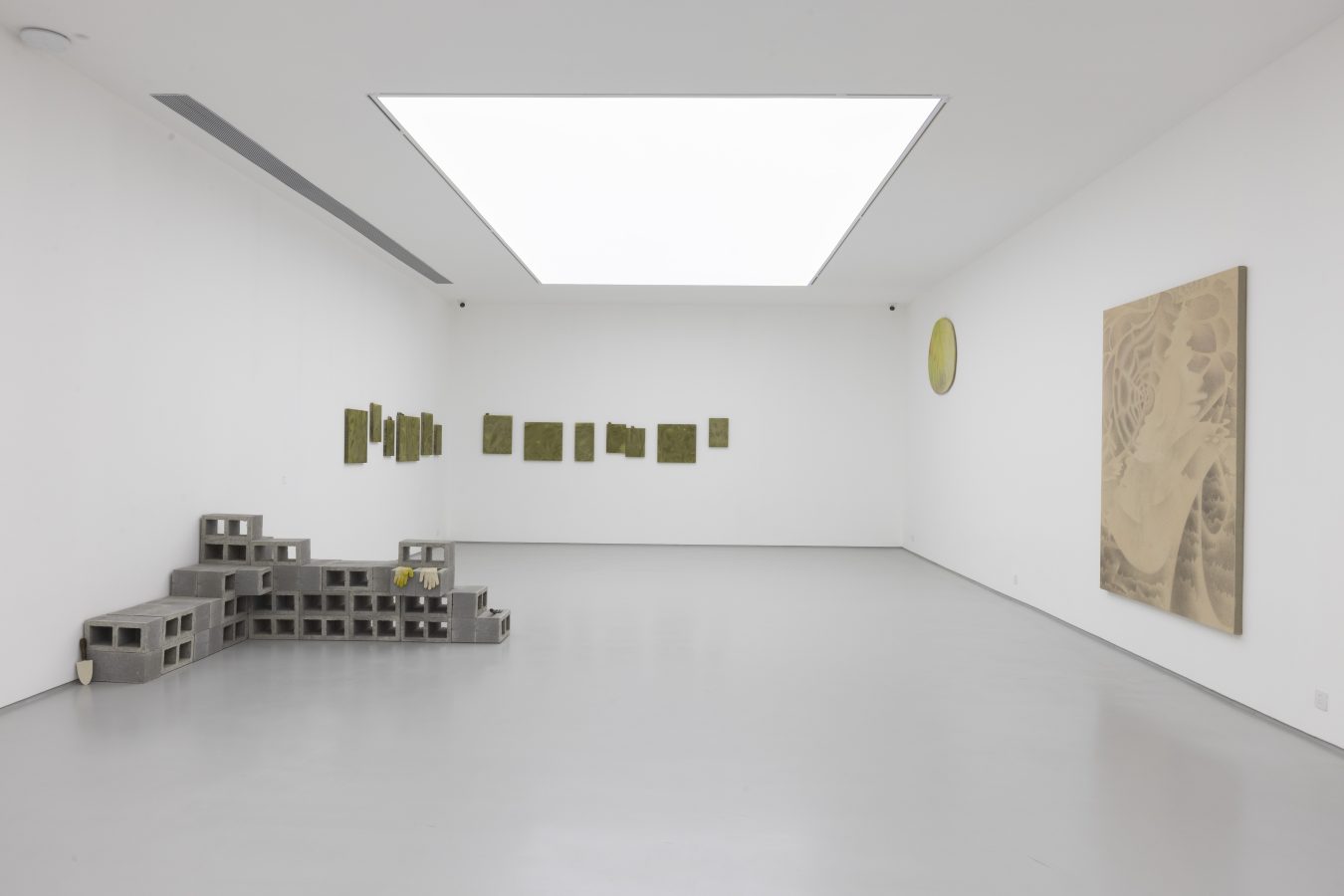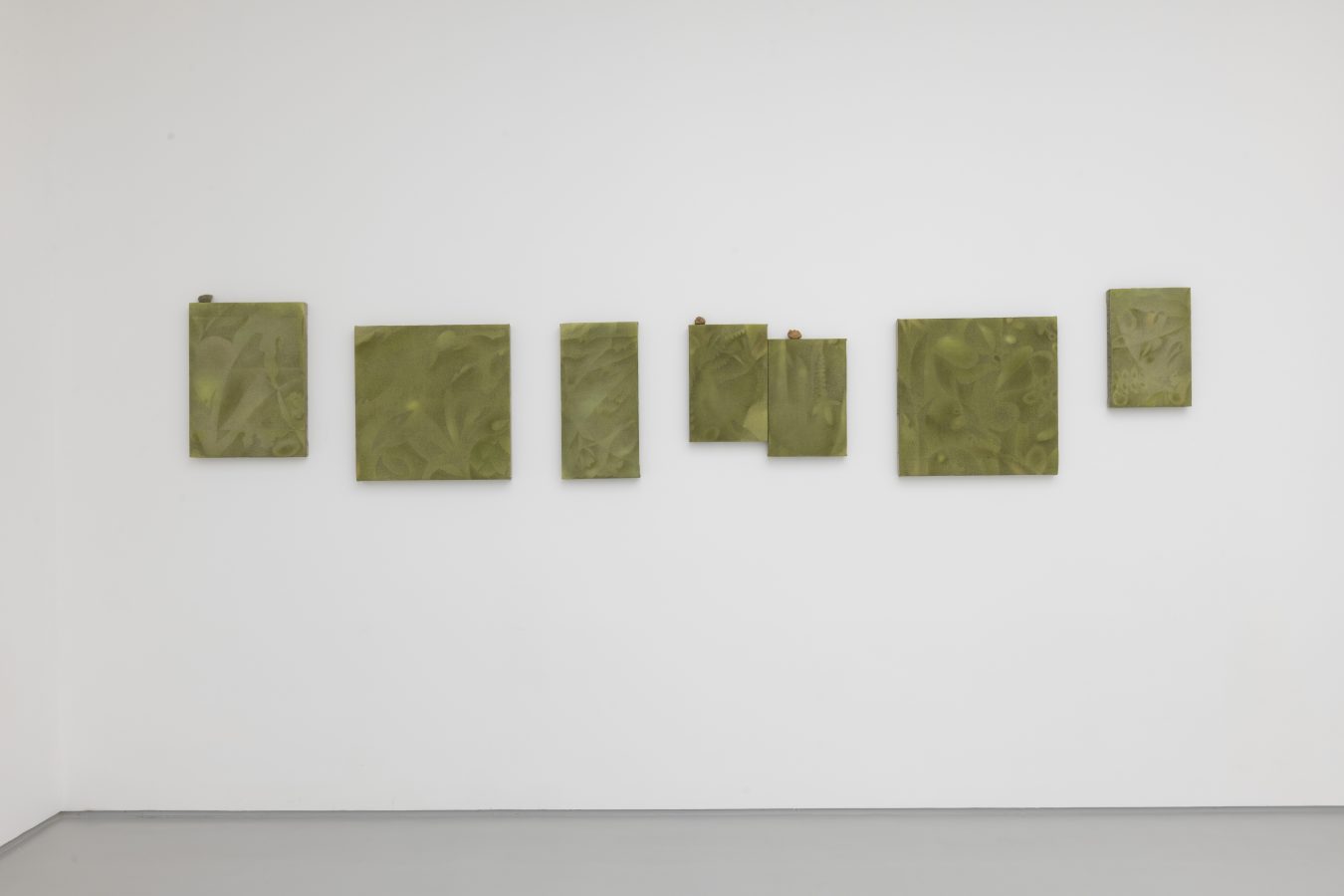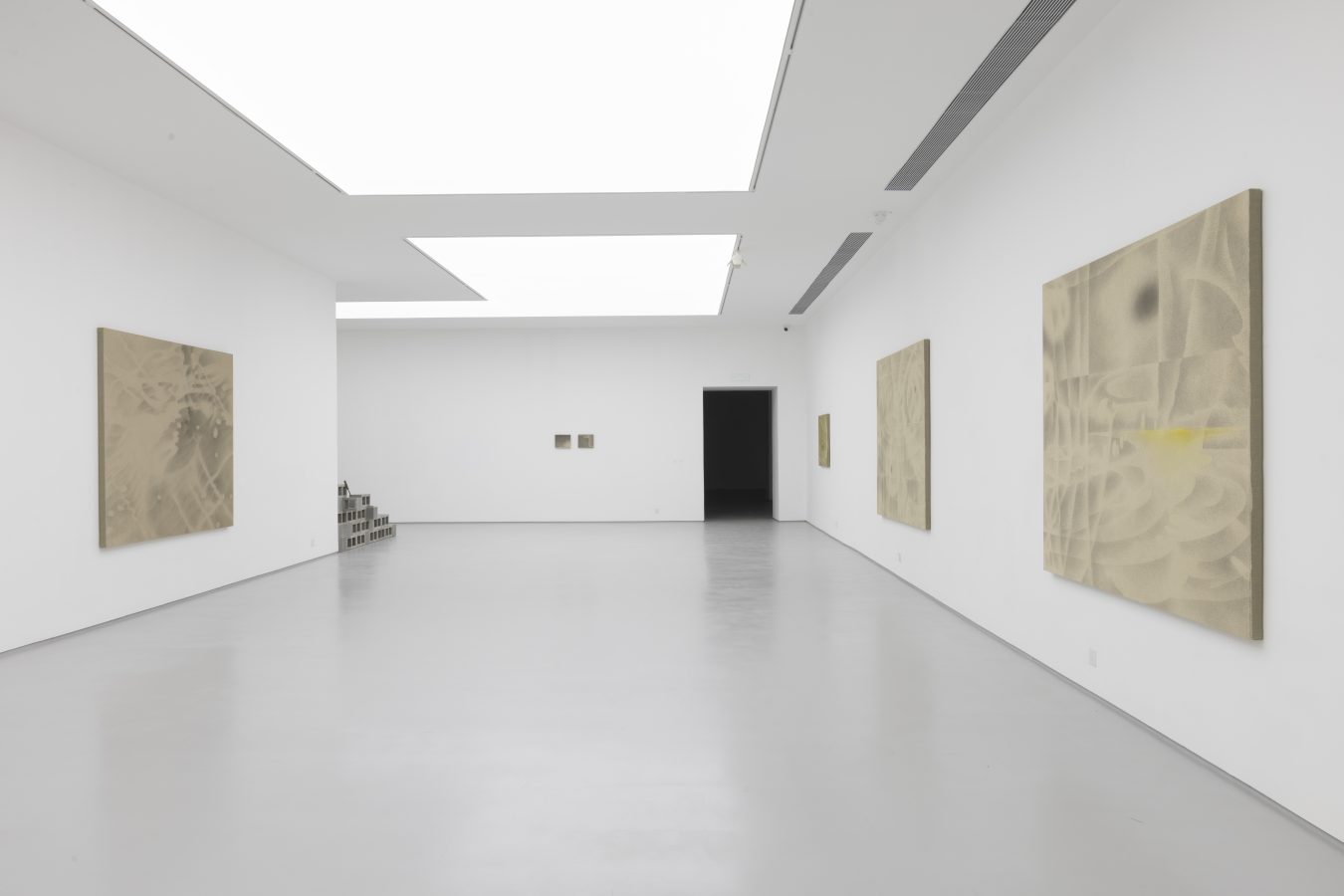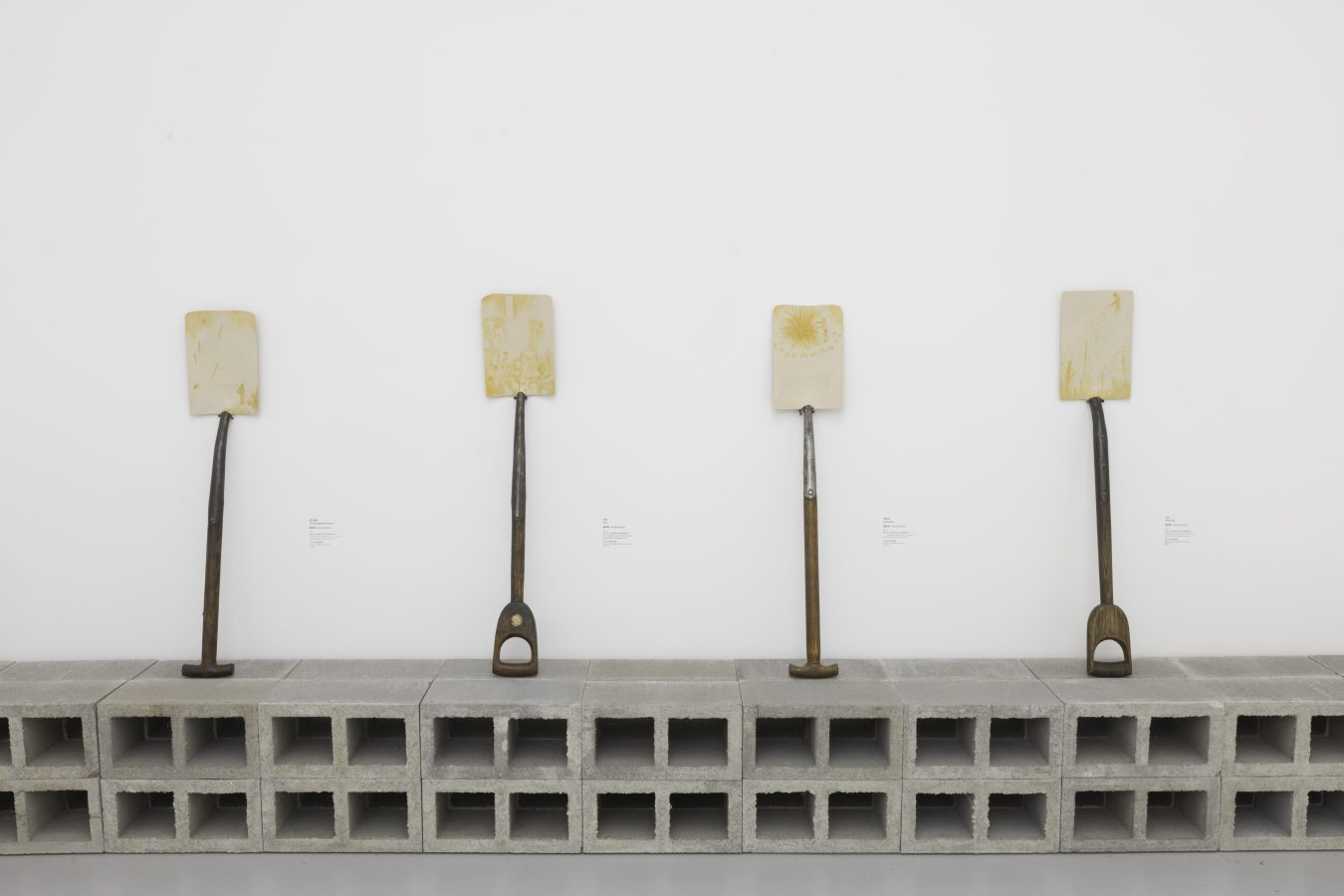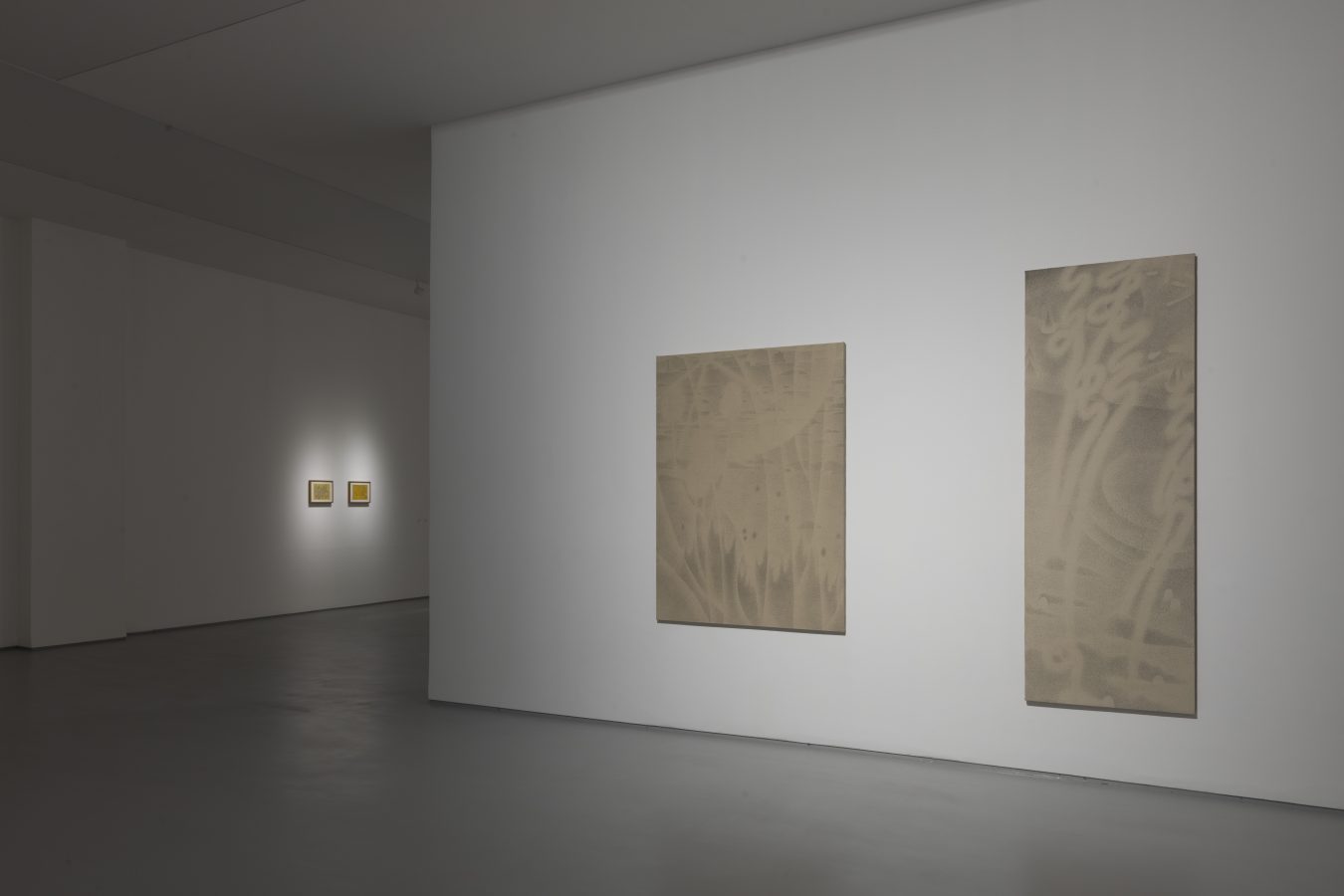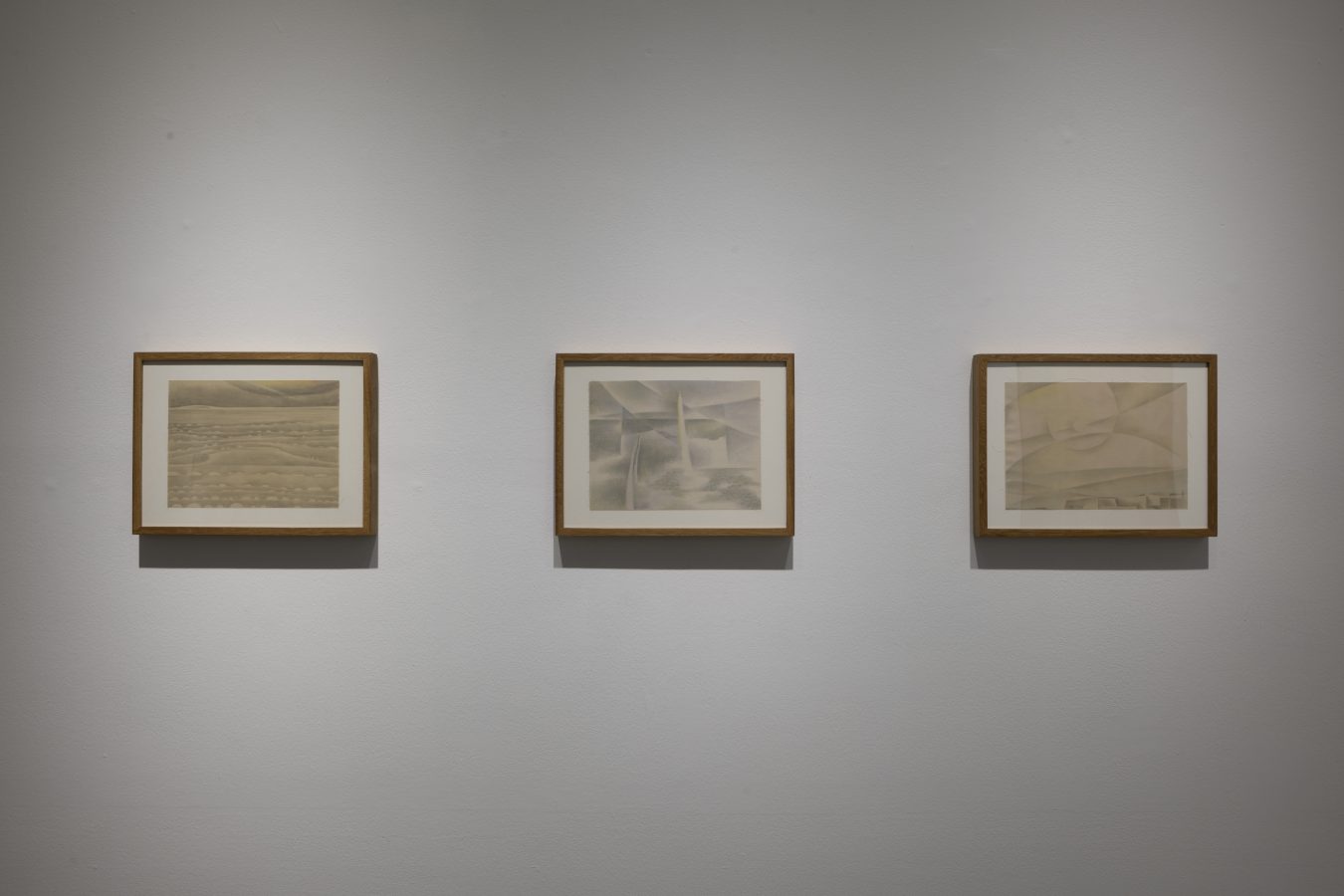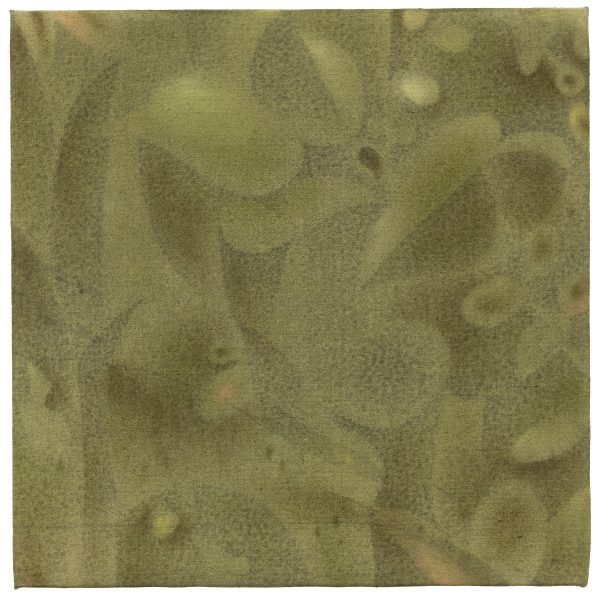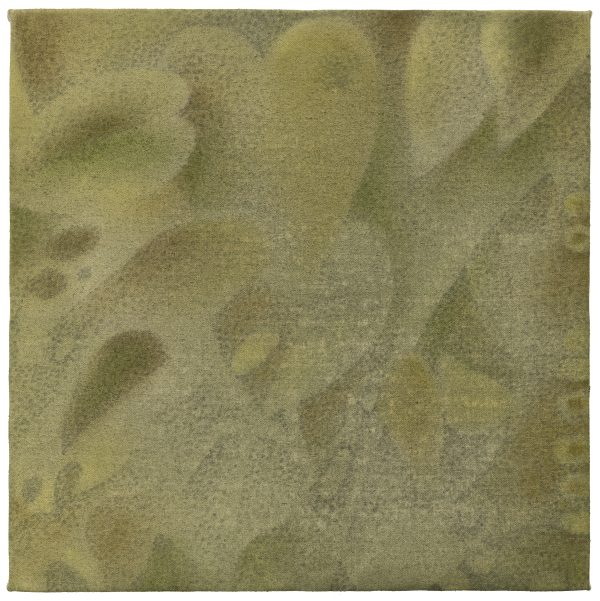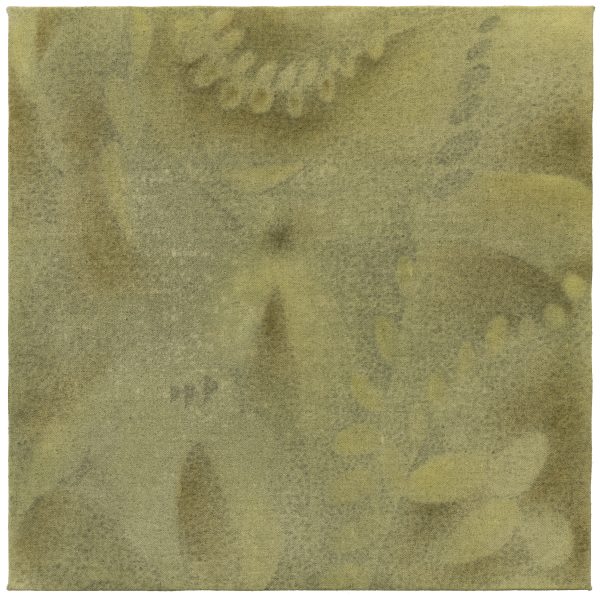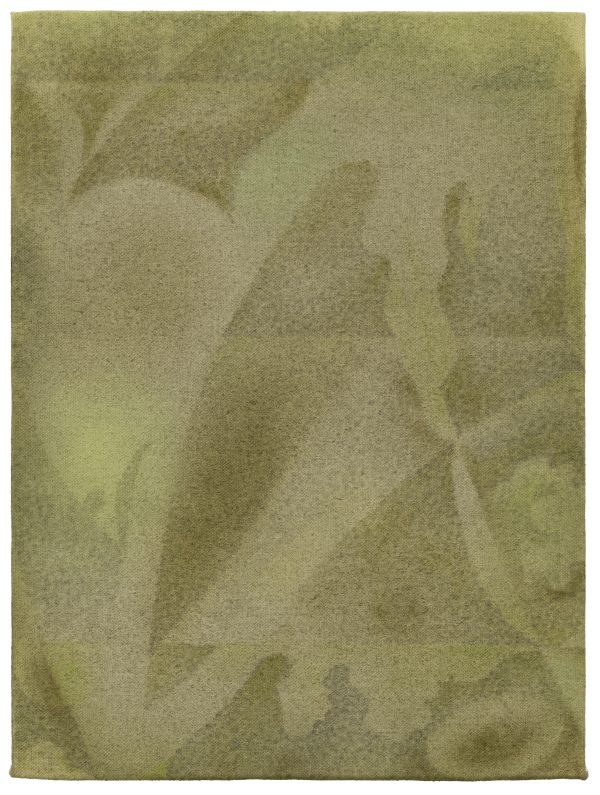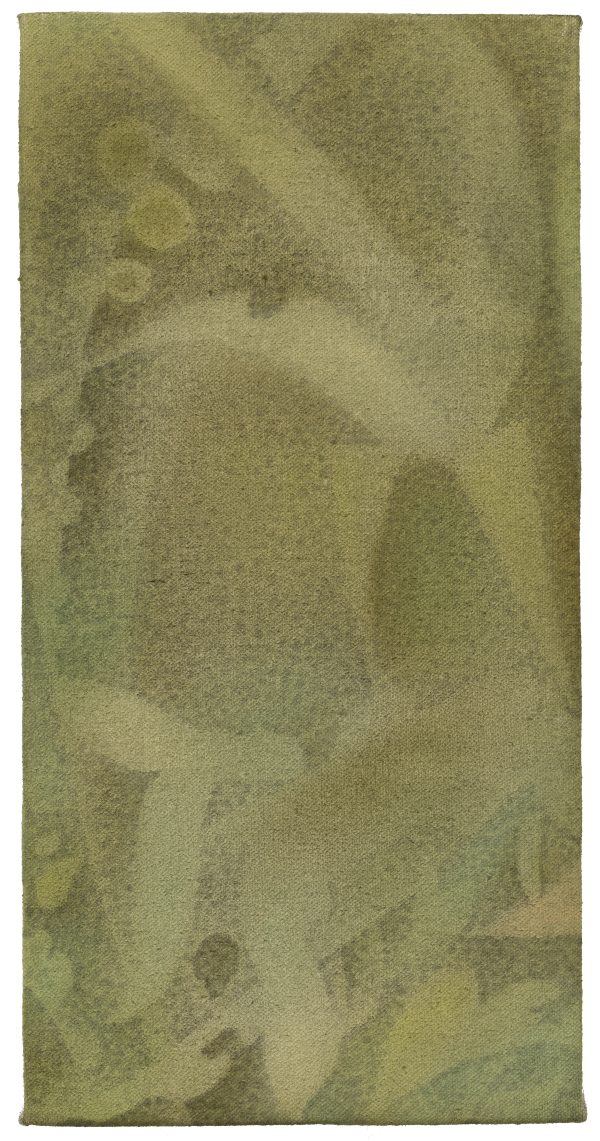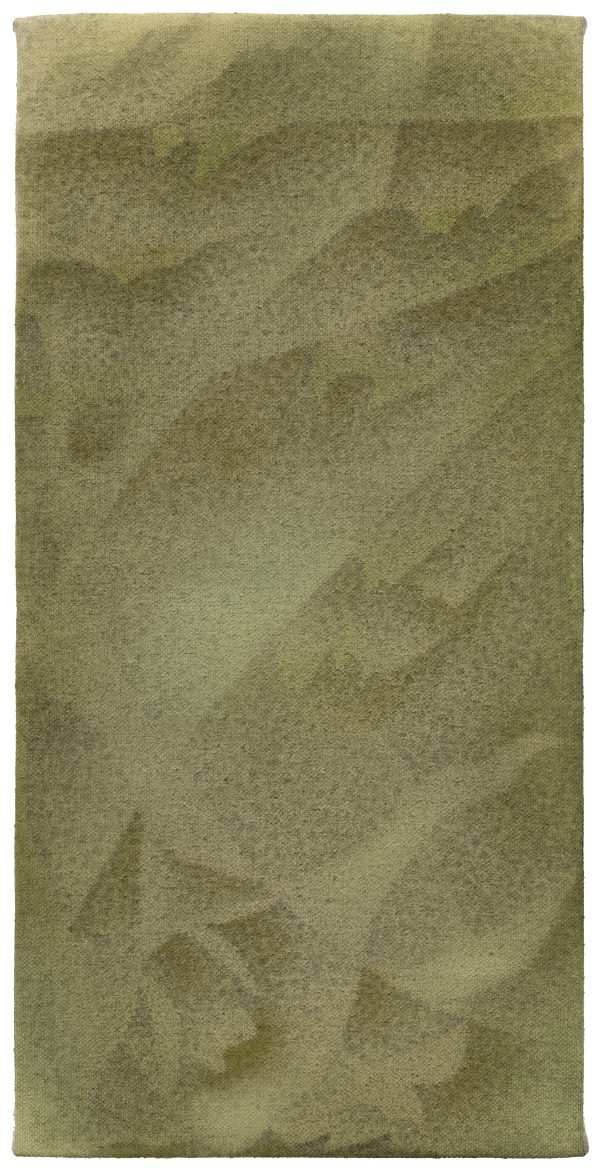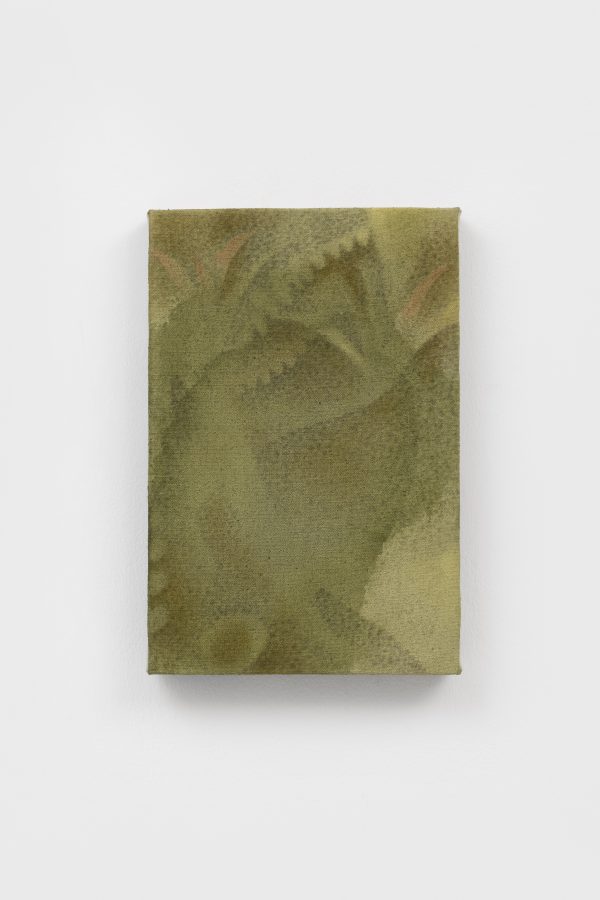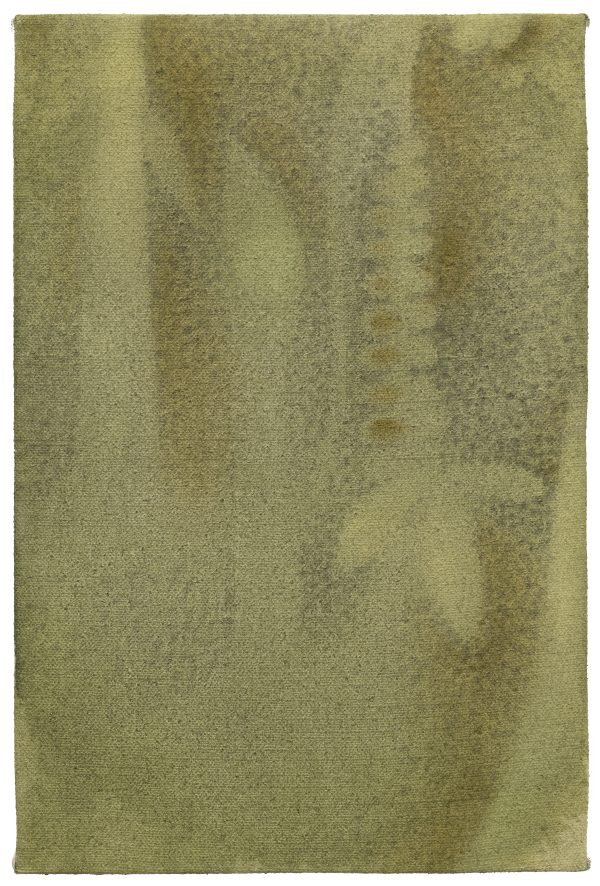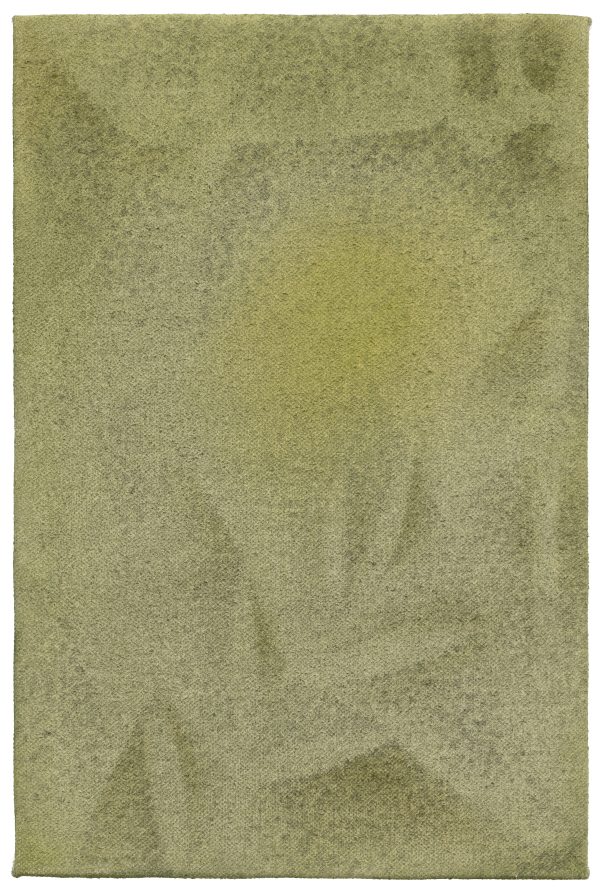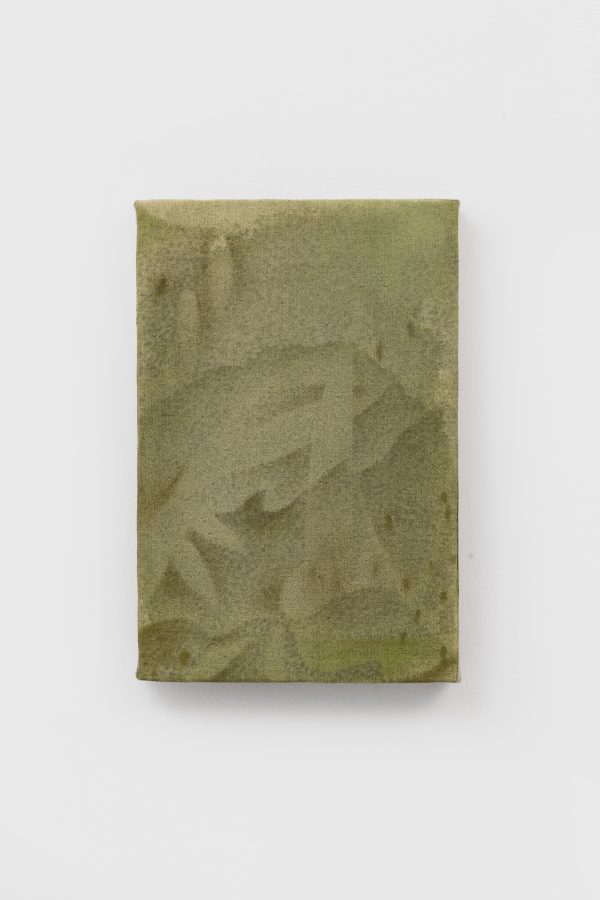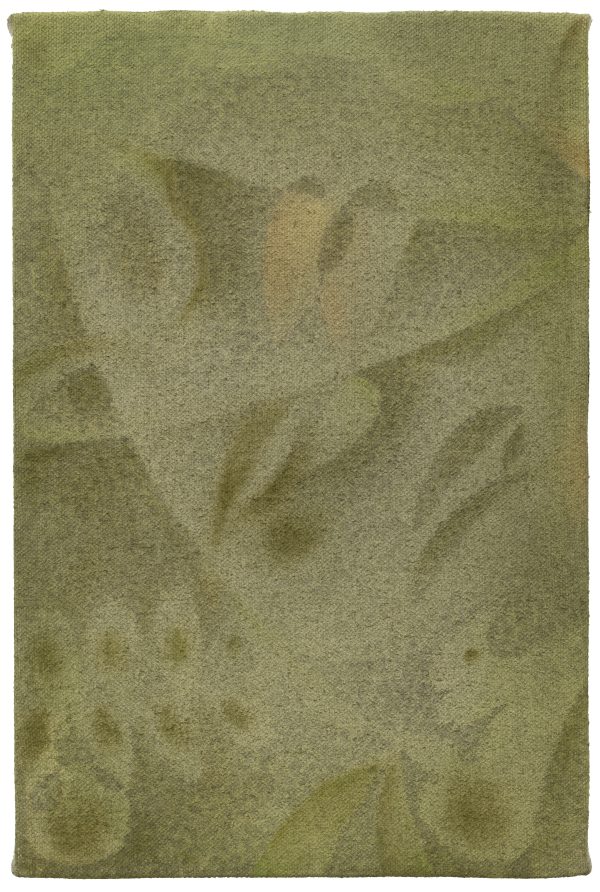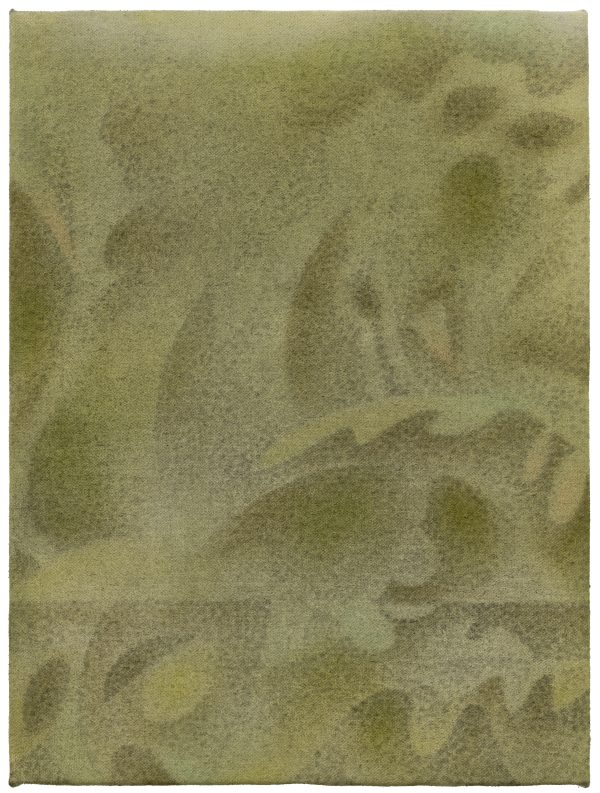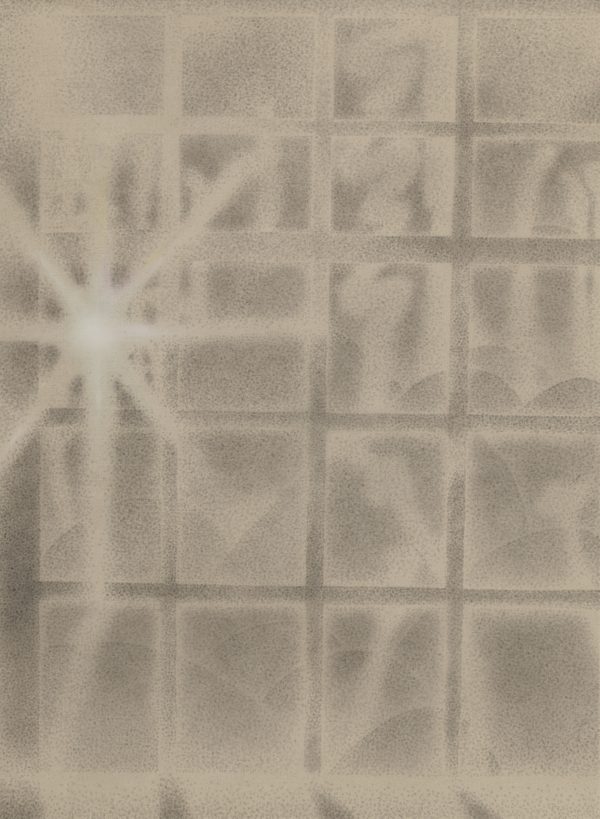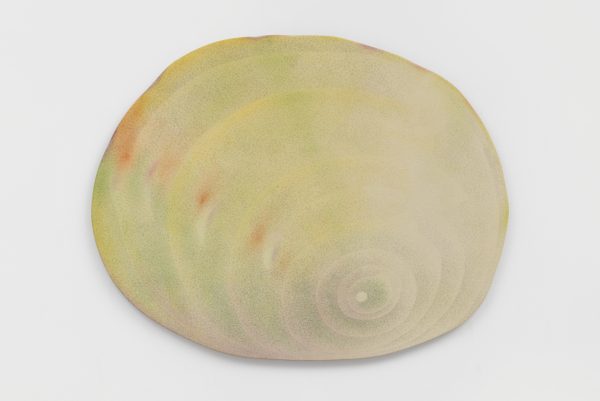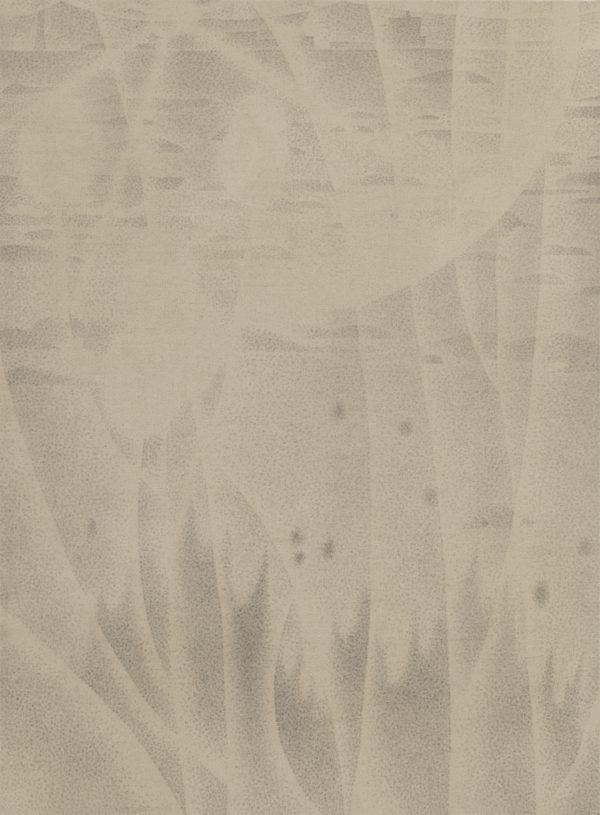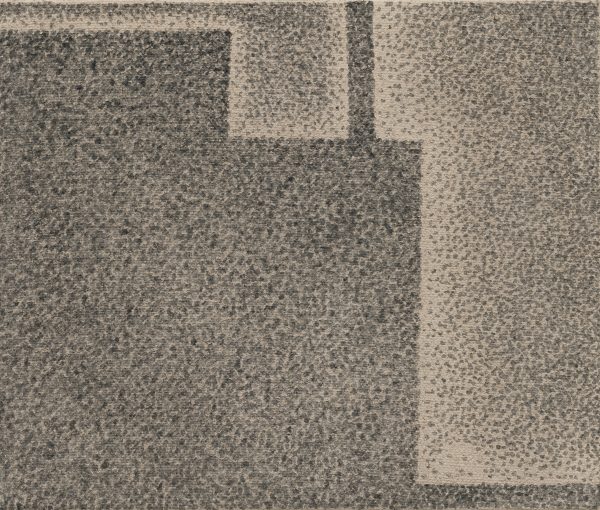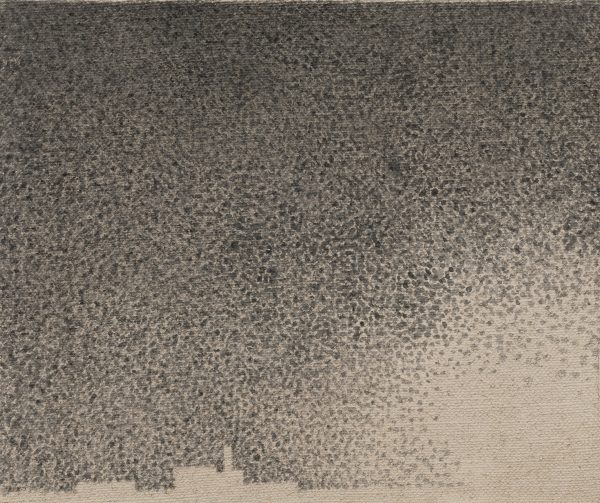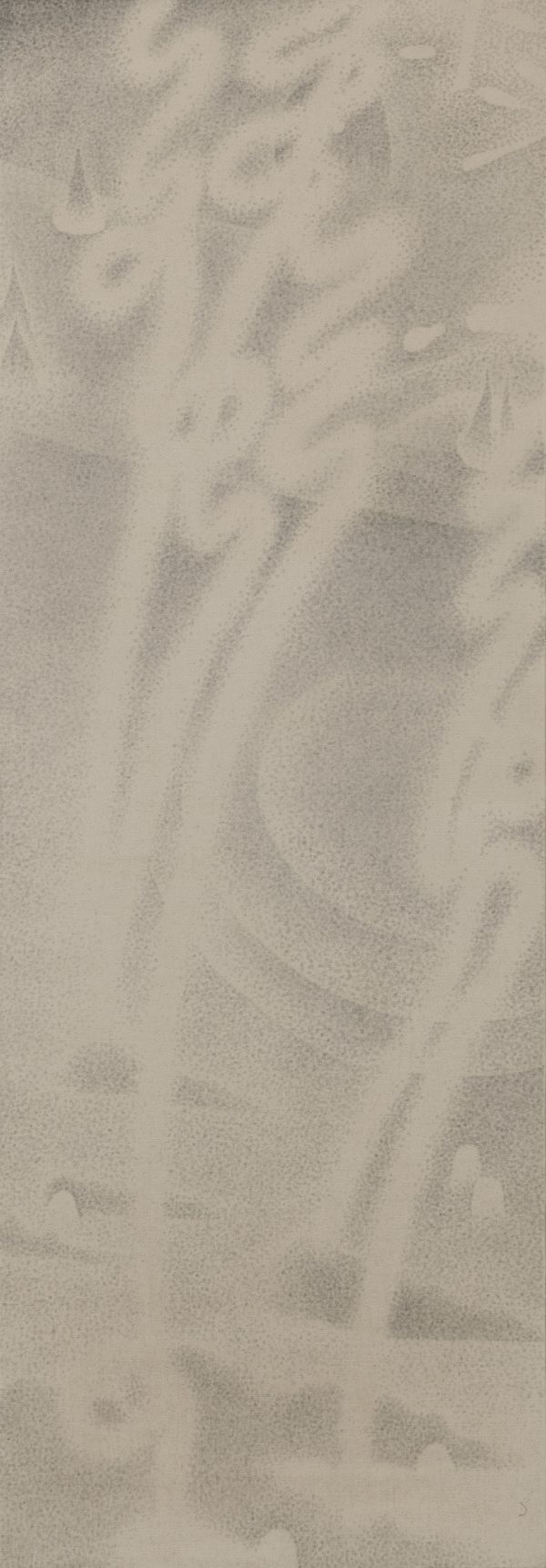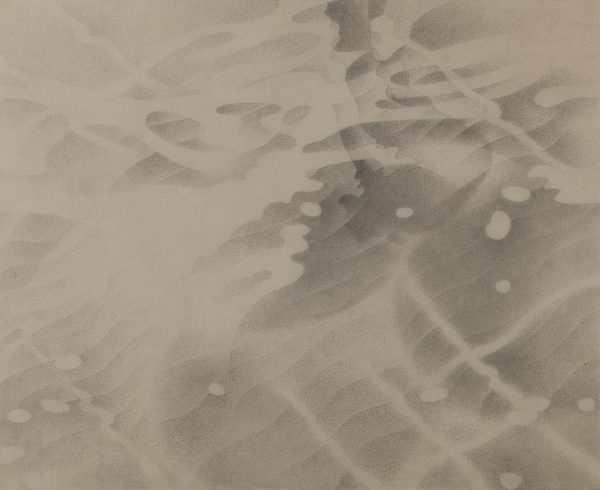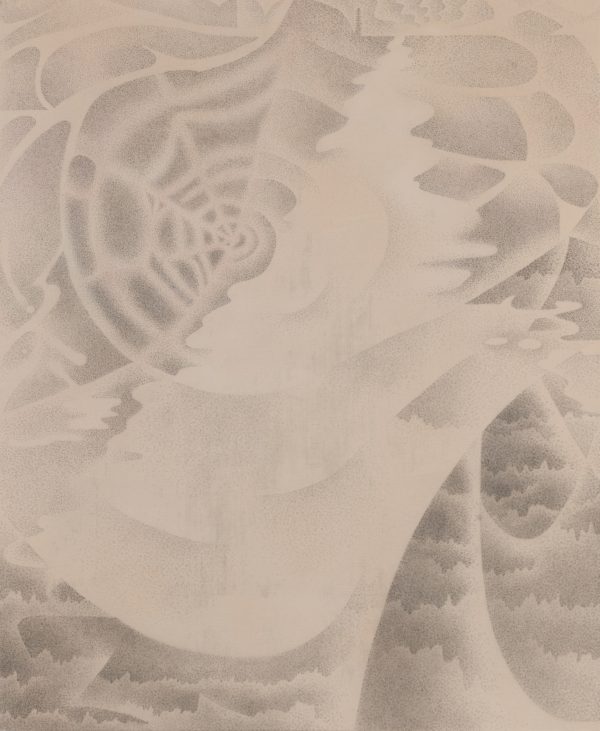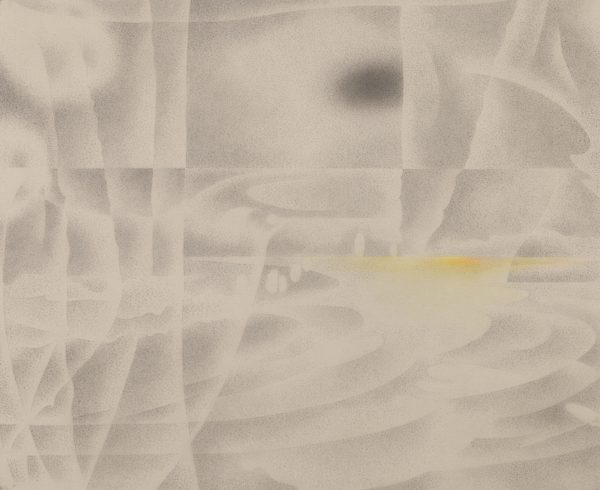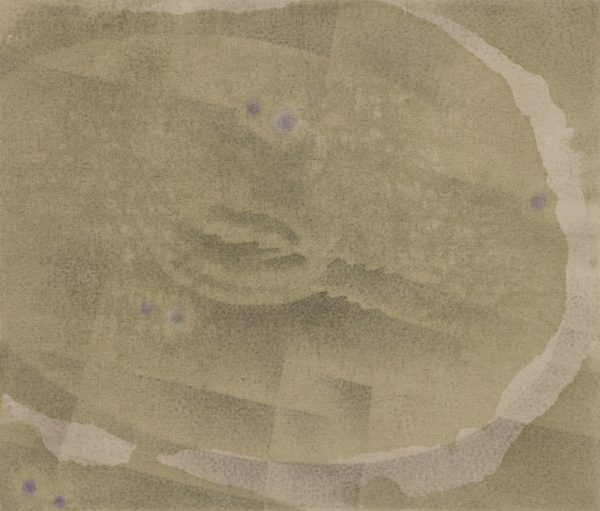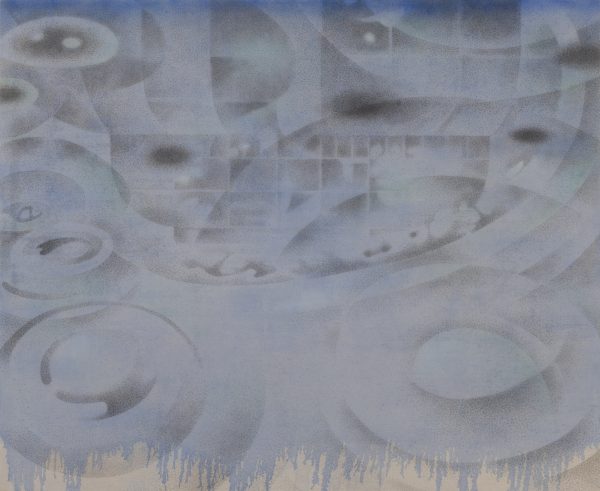Hive Center for Contemporary Art is pleased to announce that the first exhibition of Hive·Becoming (HBP) in 2025 will open on March 8 in halls B and C at Hive Beijing, featuring artist Dong Xiaochi’s latest solo exhibition, “Symbiotic Friend”. As the 54th edition of the Hive·Becoming (HBP) project, this exhibition continues Dong Xiaochi’s long-standing observation of nature, presenting his latest paintings. Curated by Tang Yifei, the show will on view until May 5.
How other species spend their lives, within the confined limits of lifespan, we are presented the possibility to enduringly observe them over relatively long periods. This prolonged observation also offers insights into ourselves, and is not about establishing a hierarchy among species, manipulating others, or separating culture from nature; instead, it reveals a deeper connection between our embodied awareness and acceptance. True acceptance transcends merely accommodating another being in your space or forcing a connection with it. It involves creating environments where these beings can thrive. Just as adaptation is a crucial survival skill for people in society, maladaptation reflects the fundamental and straightforward statement of plants and animals. To genuinely understand a plant, raise a poison dart frog, or cultivate a garden in the wilderness, we must consider specific factors like climate, temperature, nutrition, and viruses. This requires us to reconsider how we could allocate land and resources that we currently occupy, to truly learn from the lives of the other rather than using it as a tool for cultural exemplification, and to evoke a de-conceptualised, de-imagery way of thinking.
Xiaochi’s works embody such logic of nature. The paintings are a diary of his observations – first blending the akadama soil at the bottom to obtain a natural base colour of everything, then outlining and sweeping the surface with an ink brush, placing objects that are suitable for growing in the right conditions, then waiting for them to blossom (with the pigment powder) if the sunshine is good. The colour threshold, the granularity of the arrangement, and the thickness of the powder all become important components of the painting, which is then revealed as a gradual composition of the familiar things prompted by these restrained and tangible choices and actions. Xiaochi’s past training in Chinese painting has also shaped his understanding of a collaborative way of working with nature, of placing himself in the hiatus between manipulation and the lack of, decision and anticipation, between the incessant shifts of render and outline, between the mutual disintegration of chroma and powder, where the image finally may or may not create an indication at last. The objects he observes, from the marvellous animals and ecological tanks he spends his days with and cares for at home, to the Kew Gardens in London where he walks, to the garden of Derek Jarmani at Dungeness where he lives for a short time, captures and ripples in detail the smallest, water-stain-like fragments of everyday life. At the same time, these three fields represent different scales, from specific interventions and direct impact on the ecological scene to entering a large-scale artificially regulated greenhouse, to profiling and speculating on the past and afterlife of an enclave. Together, they unfold a nuanced portrayal of nature’s behavior and bring subtle yet significant encounters in the myriad ways of growth and survival.
Eco-tank groups in Xiaochi’s house resemble a library. Sharing living space with chameleons, poison dart frogs, etc. is not a very simple task, as each tank is created with different humidity and temperature, plants and rocks, bacteria culture layers, and feedings to match their natures. In caring for and looking after the species that are very different from our living conditions and that may be intimidating in appearance, it is more important than commanding them or establishing an emotional connection – to try to understand their existence and not disregard their necessary living environment. What they inhabit and traverse can be approached in this body of paintings, a collection of everyday moments drawn from the time spent together. One hanging high above on the wall is the enormous eye of a chameleon out of its ordinary dimensions – as we watch them, they too watching us. Then the Kew Gardens series presents plants from the perspective of situated in constructed environments, whether they are alpine plants or Amazonian king lilies; through the light and shadow of the ventilation pipes and extra-thick low-iron glass, the natural landscape is visible through a layer of synthetic filters. These seeds and specimens brought by the ‘plant hunters’ii are embedded in and form a new nature. And at this point, from the Victorian mindset of just enjoying the flowers and relaxing, after a century of colonial contemplation on cultivation, migration, traceability, reconstruction of subjects, etc., what is left behind in our present vision, and what has become different?
Entering the dark hall of the exhibition is a series around Jarman’s Prospect Cottage and the garden that has inspired Xiaochi with enduring impressions; Jarman claimed that the horizon of the garden is their boundary – what is defined here is probably a true symbiosis – the whole world we share with other species rather than an area defined for them. Simultaneously, there is an implicit determination to live with pain, as Jarman, in his illness, has instead embraced an understanding and hope for persistent vitality through a life of cultivating gardens in the wilderness, where botanical wisdom has become an alternative companion and experience. In this heterogeneous world with millions and various species, in the observing and being observed circle, we could be ‘symbiotic friends’ protecting the freedom of the other, absorbing sustenance from different habits while enduring different sufferings.
i Derek Jarman (1942 — 1994), was a British filmmaker, poet, artist, botanist, and gay rights activist. He has made art films including Caravaggio, The Last of England, Edward II, and Wittgenstein, winning international awards such as the Silver Bear and the Teddy Award at the Berlin International Film Festival. His last film, Blue, was made under his condition of near blindness and became a sensation in the world of cinema with its avant-garde visual concepts and profound self-analysis.
ii The plant hunters refer to researchers in the early age who brought seeds, specimens, etc., of exotic plants from other regions back to Europe.
